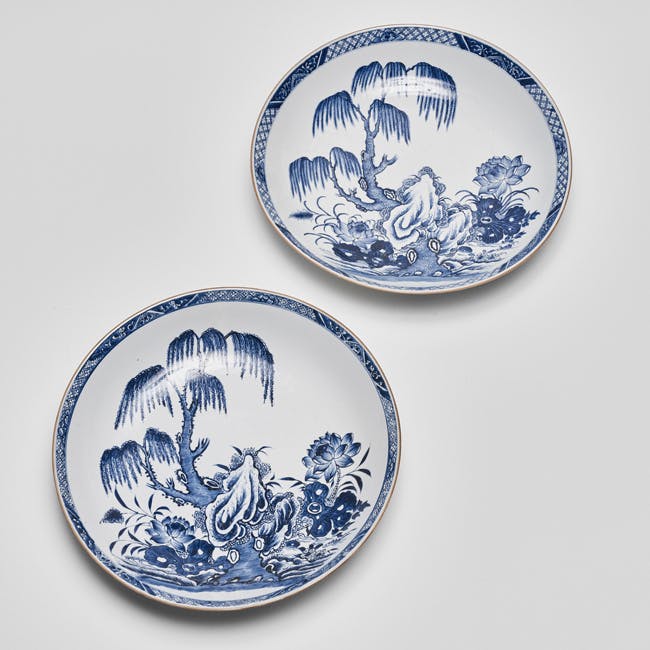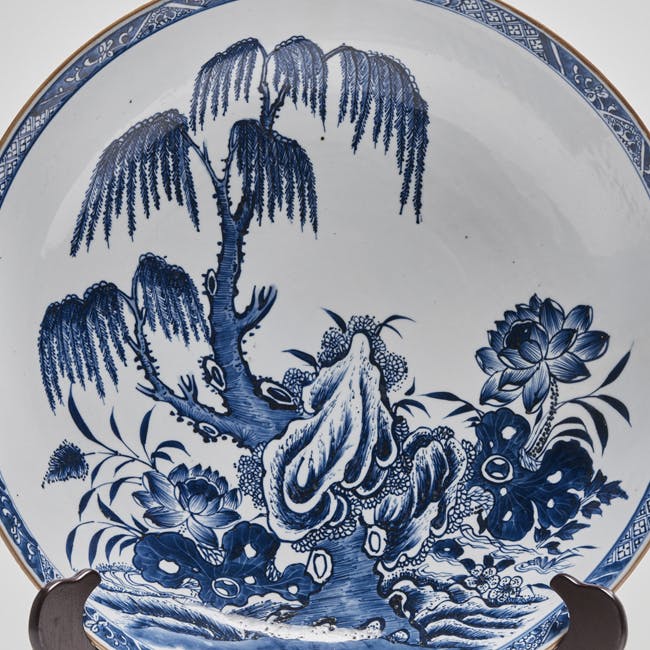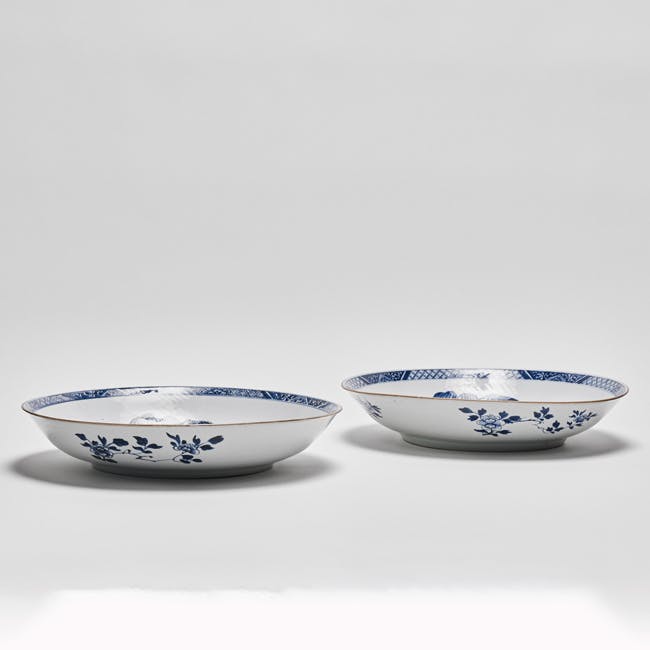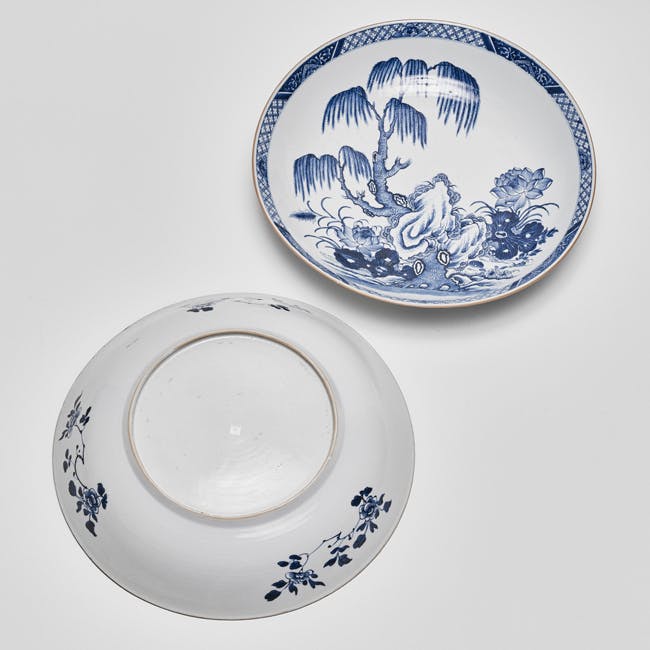Europe’s Enduring Love Affair with Chinese Porcelain
Blue and White porcelain was made in China from the Ming period onwards. But it was not until the 16thcentury, that the first pieces started arriving in Europe via the trade routes across land. Venice was the major hub, where exotic goods from the East were being traded and exported to the rest of Europe. This early blue and white porcelain was mostly presented as exotic gifts for royalty and nobility and usually not seen outside those privileged circles.
16th century
The Portuguese discovered China in 1513 and Japan in 1543 where, initially, the Portuguese were only interested in spreading Christianity and trading silk and spices. Porcelain was considered a useful ballast for the returning ships. These early wares were sold exclusively to merchants in Lisbon, and from there exported to other countries. This changed when Spain invaded Portugal in 1580, forming Europe’s largest empire under the rule of Philip II. The empire’s power and wealth was further increased by the riches from its extended colonies, to the east and west. The lucrative trade in spices, textiles, silver and porcelain, did not go unnoticed by the rest of Europe; ensuring that by the end of the 16th century other nations - like England and the Low Countries- were also sending fleets to the east.
17th century
European interest in Chinese porcelain increased, when two Portuguese ships were captured by the Dutch(1602 & 1604). Their cargos, including thousands of items of porcelain, were auctioned in Middelburg and Amsterdam. Buyers of this ‘Kraak’-porcelain (named after the Portuguese ships Carracca) included the Kings of England and France. Around this time the Dutch established a company for the trade with the Far East: the VOC (Dutch East India Company). Now, porcelain became even more accessible and a greatly sought after commodity, demand far out-stripping availability.
18th century
During the baroque period collecting art was extremely fashionable at the European courts. The ambitious Augustus the Strong, Elector of Saxony and King of Poland (1670-1733), joined this craze - which led him to amassing one of the largest Royal collections in Europe. His is main passion lay in oriental porcelain – which eventually resulted in a collection of over 24.000 pieces of Chinese and Japanese porcelain. Especially interesting about this collection are the inventories (1721 & 1779), which catalogued the entire collection. Each piece was engraved with a special number - now allowing us to date the forms and decoration more precisely.
19th century
In the 19th century Chinese Blue and White porcelain was associated with the Aesthetic Movement. “It’s getting harder and harder every day to live up to my blue and white china”, lamented 19th-century Irish playwright and novelist Oscar Wilde. Renowned as an elite aesthete in Victorian society, Wilde was famous for his admiration of blue and white porcelain. The china craze, also satirically labelled “Chinamania” by media, was also due to Wilde’s friend, the artist James McNeill Whistler (1834-1903), who became infatuated with blue and white Chinese porcelain in the early 1860s. His interest spread to his circle of friends, and soon porcelain became a symbol of high culture and refined taste.
20th Century
By the turn of the twentieth century, mega-collections were being formed in both America and Europe. Most notable were those amassed by the American industrial tycoons and bankers like John Pierpont Morgan, Henry Clay Frick, and John D. Rockefeller Jr.. The Morgan Collection alone had over 1,000 pieces, and was exhibited at the Metropolitan Museum of Art in New York in 1904. Frick’s Chinese porcelain is now housed in the famous Frick Collection, New York. Other well known collections were formed by George Eumorfopoulos, Nellie Ionides, James Garland, Alfred Trapnell, Jacob Goldschmidt, Joseph Widener and George Salting.
Timeless, classic and ever stylish – blue and white porcelain is never really out of fashion. It has been traded internationally for more than 600 years in the Far East, Europe and America. Blue & white porcelain can be found in elegant interiors, private and museum collections all over the world.





